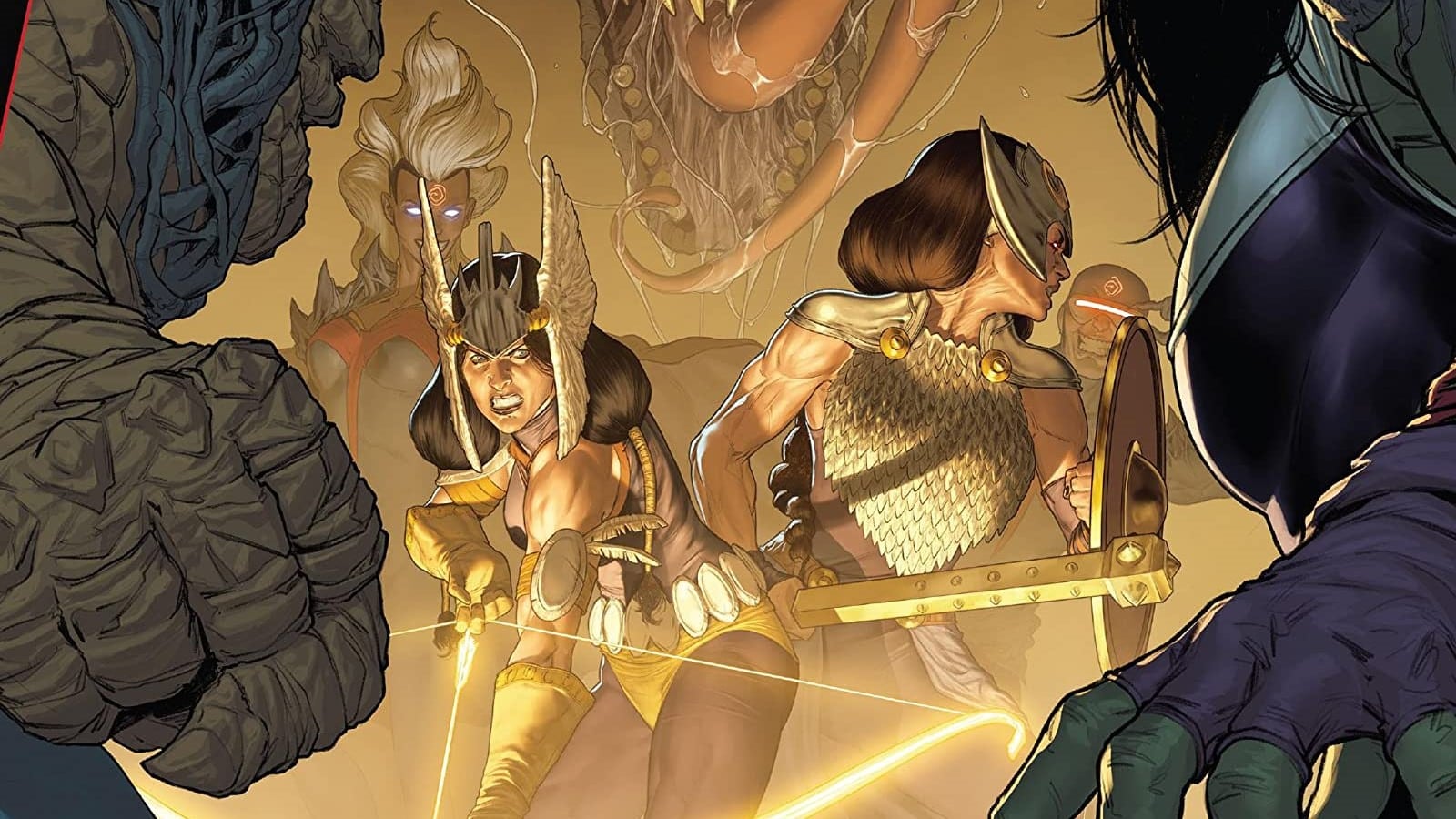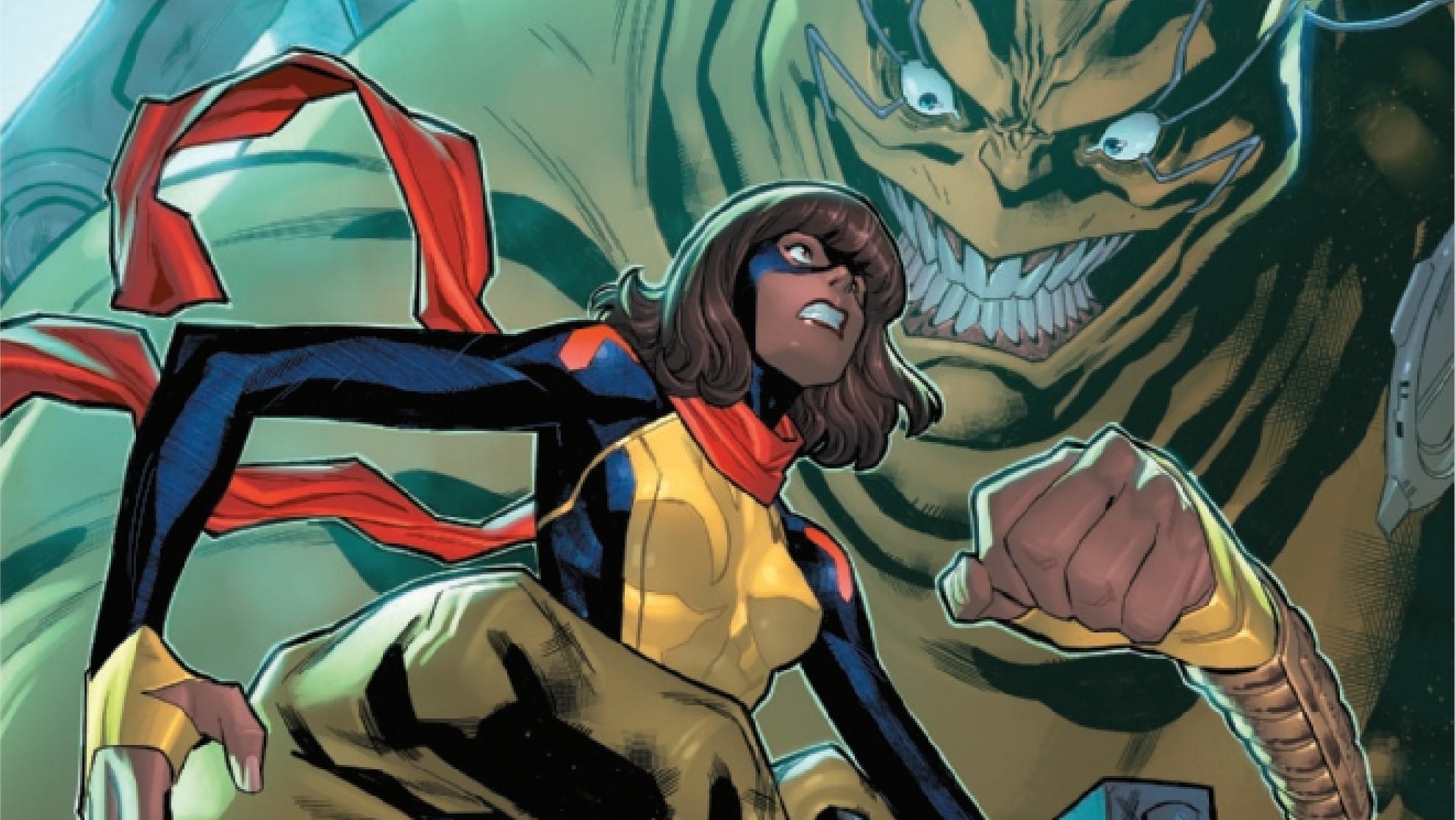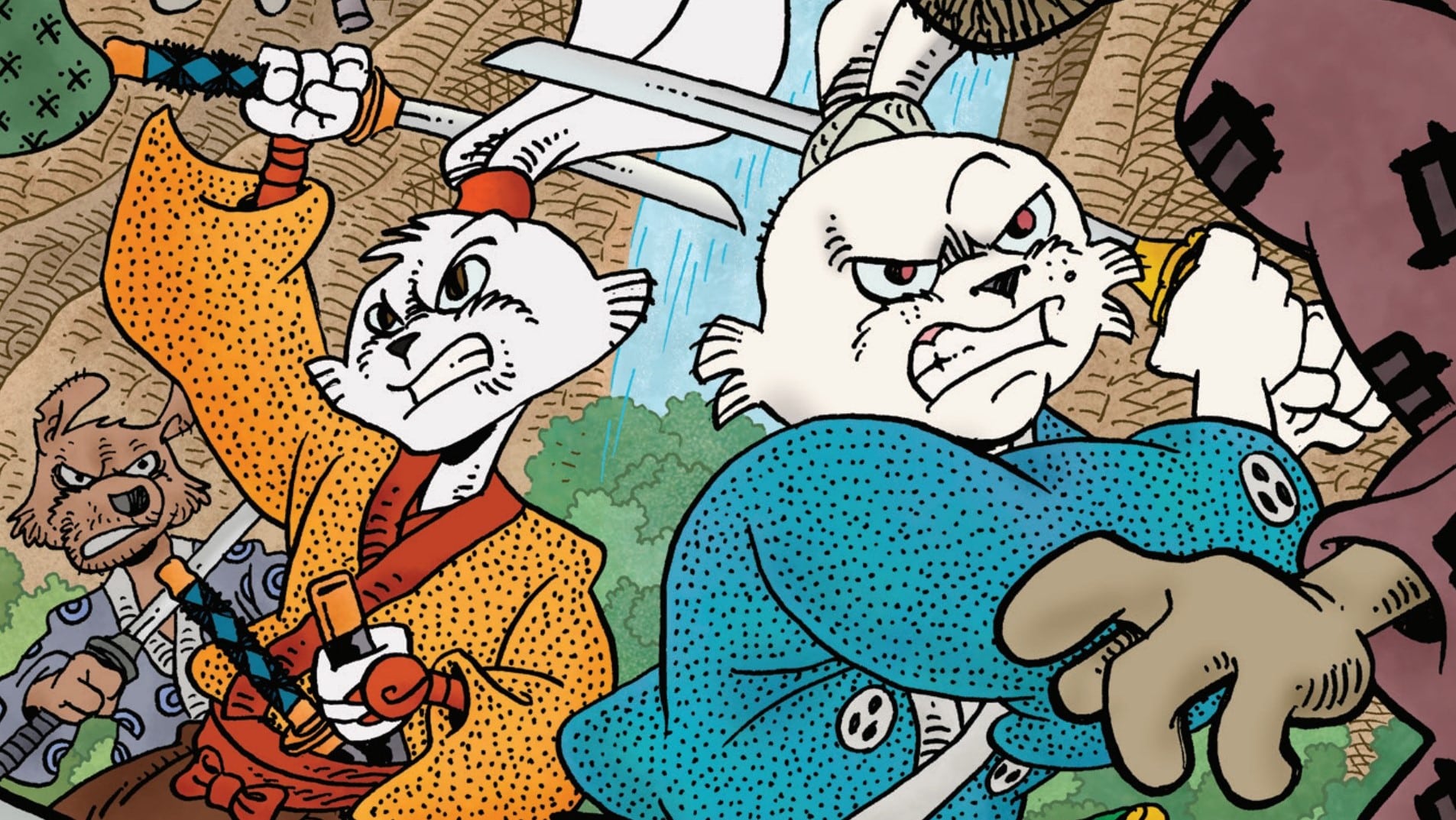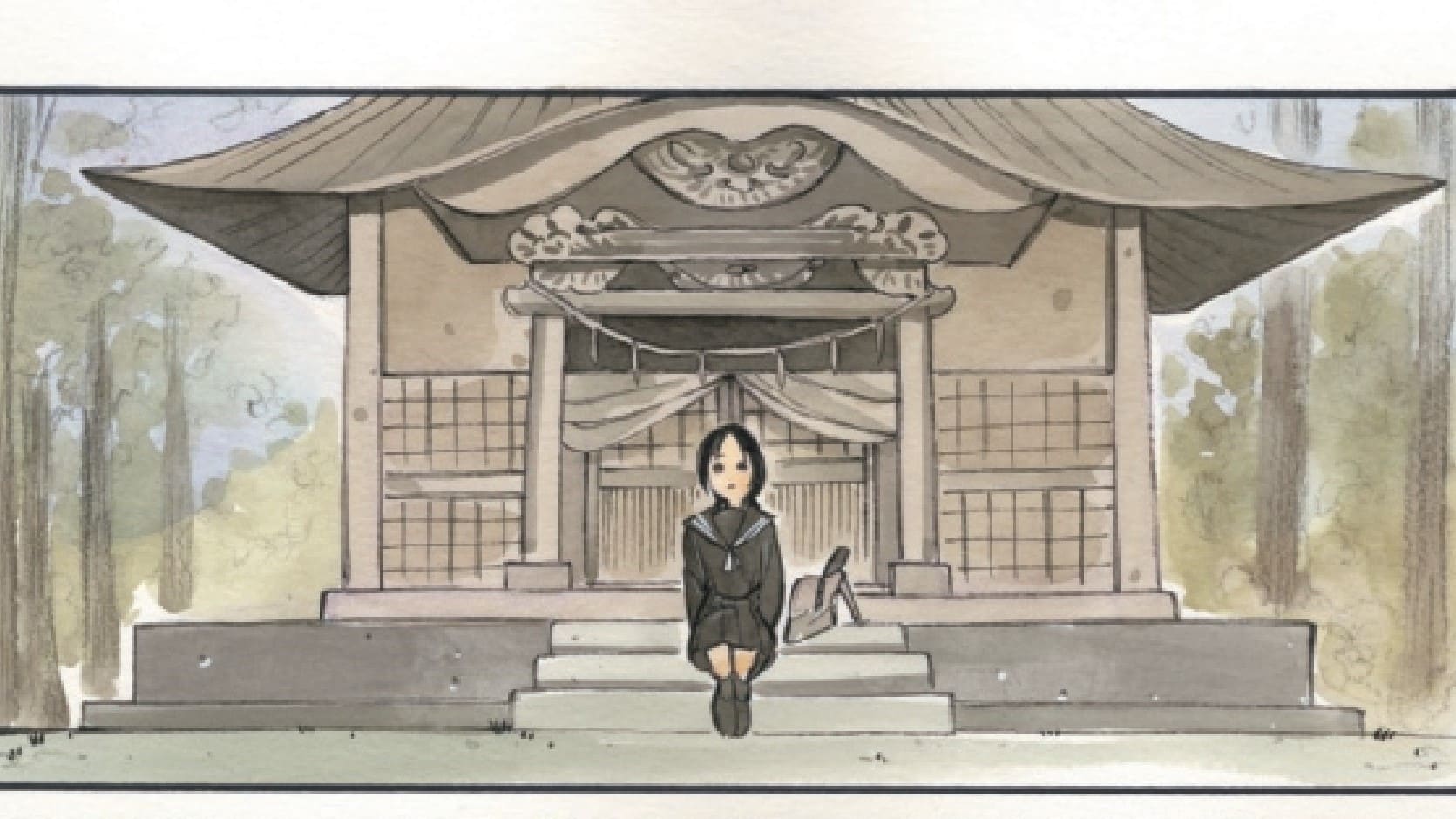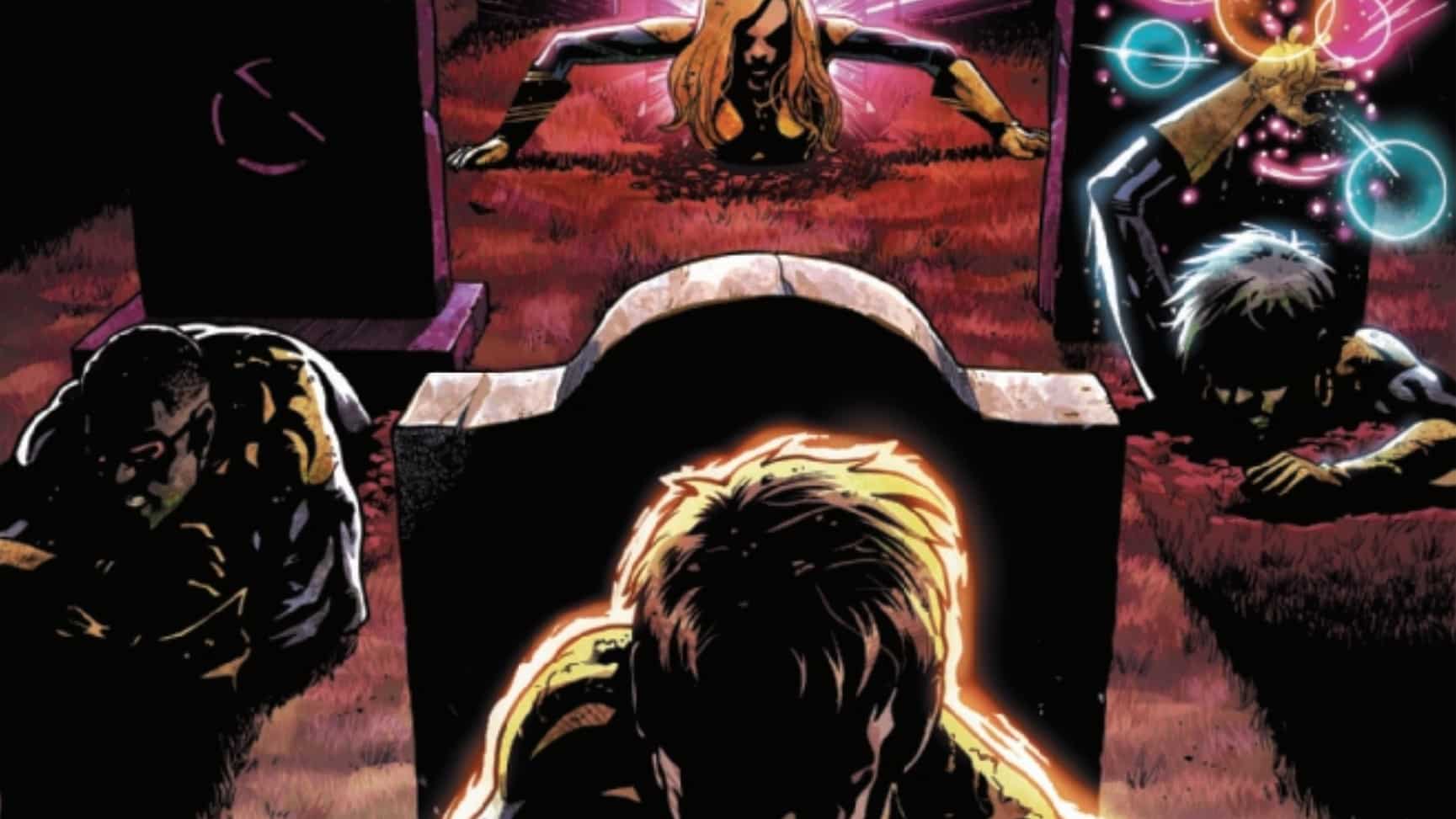The new Valkyrie finds her weapon as the Choosers Of The Slain come together in Jason Aaron, Torunn Grønbekk, Nina Vakueva, Tamra Bonvillain, and Joe Sabino’s King in Black: Return of the Valkyries #3.
Marvel’s Valkyrior are a rich source for story but often under-used, sacrificed, or positioned as punchline (especially in earlier appearances, especially when surrounded by men, especially when written by men), but their appeal is classical and enduring for a reason: Valkyries are courageous, compassionate, brutal and full of life, even as they bridge the realms of life and death; they live fully and well, and they fight with honour.
So why does King in Black: Return of the Valkyries keep them at arm’s length? Why does it display women rather than embody them?
Jane Foster is the future of the Valkyrior, the carrier of the mantle Valkyrie since the “War of the Realms” . And yet, she’s driven by action and third-person caption here; we don’t get to travel inside her mind. In the first two issues of this miniseries, Jane runs into trouble escorting the soul of The Sentry – defeated by Knull – to his rest. A headless Celestial assimilated the lost soul of the Sentry and untold others, keeping them from peace. That head was the forge for Knull’s Necrosword and eventually became Knowhere; the body is stuck in the Realm Between. Knull can’t be defeated on Earth unless this problem is solved. Luckily, there’s an ax for that…
Interwoven is our meeting with an unnamed Valkyrie, who gets out of that Celestial-based torture when Sentry gets in. This story is perhaps more hers overall than Jane’s – her name is surely being withheld from us for a reason – but we can’t know her when she’s kept shrouded in secrecy for three issues, and in issue three, we see her turn away from battle (but we know, because we’ve read a story before, she’ll be back to save the day). More superficially, we know she’s modelled on the Valkyrie of the MCU, her design and demeanour a bridging signifier between those two worlds just as the Valkyrior bridge others. We know she was in love with Alta. We learn that Thor’s weapon Jarnbjorn was forged originally for her. But we don’t know her.
Aaron and Grønbekk’s script spends a lot of time telling us about her – in this issue, there’s a lovely insight about messages she left for herself in old memories (we see one in the first issue) – but because it’s recounted in conversation and offered to us in one quick glimpse, we can’t feel it. Vakueva’s art comes alive when it’s telling the stories of Valkyrior faces and expressions, but those expressions are not nuanced enough to transcend the general; the Valkyrie feel defined collectively, rather than individually, and this is their title – you can’t help but hunger for more personal insight, more nuance, more difference.
This third issue has more life than the first two, largely because we’re now spending active time with several different Valkyrior, and there are fewer passive descriptions, but it’s burdened with that earlier baggage. We meet an adorable young Hildegarde in a flashback as she trains in dragon-fighting; in the heat of battle, shoulder-to-shoulder with Dani and Jane, she shares her knowledge. The unnamed Valkyrie wins back Jarnbjorn (a troll says ‘oh noes’ as he loses his head). She fears she might be a coward. Mr. Horse, her companion for now, has no time for this wavering. And neither do we.
The solution to this Knull/Celestial problem, according to Brunnhilde (still dead, still in Valhalla, still unwilling to leave the land of the living behind), is to perform an ancient Valkyrie ritual with magical needle and thread. One Valkyrie must attempt to destroy the necrosword – meaning almost certain death. Hildegarde volunteers, mostly because it keeps on her earth, home of beloved things like flesh and beer; Dani moves through the veil, reunited with Brightwind and her Valkyrie powers.
Dani Moonstar here states the clear thesis of the book (which is a very Dani thing to do, but an odd storytelling choice when Jane and our unnamed Valkyrie, our anchors, are right there): “If we could make Knull understand the value of our lives… all this death would end. But it’s the privilege of the strong to be ignorant.”
Jane uses the Asgardian needle to rip “deep cuts and time and space” designed to wound Knull. She throws the needle to Hildegarde, who faces the so-called God. She knows this may be her last moment alive. She always expected she would go down in bloody fury, but instead she says: “There is nothing but love here, at the end.”
If only we could feel it too.
Cassie is an arts and culture writer living on Gadigal land in Australia. For 10 years she’s been working as a professional theatre critic, and is delighted to finally be writing about her other love: comics, baby.

